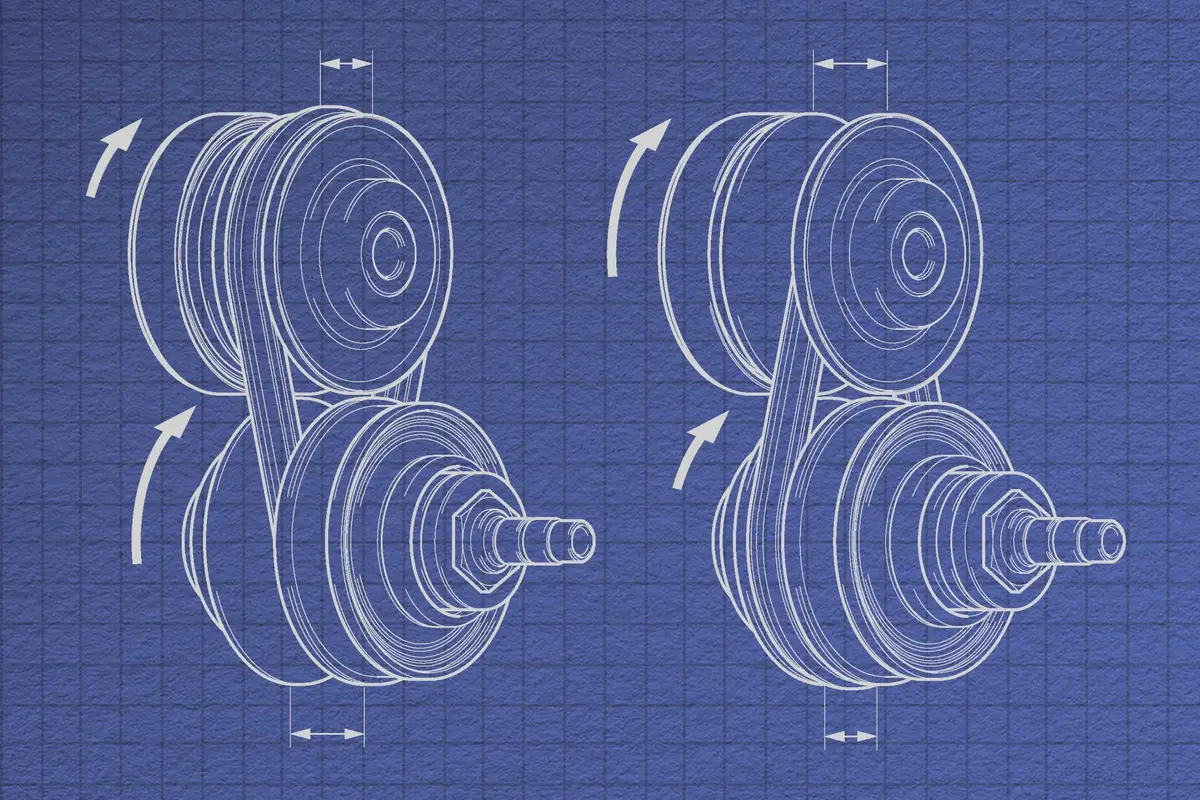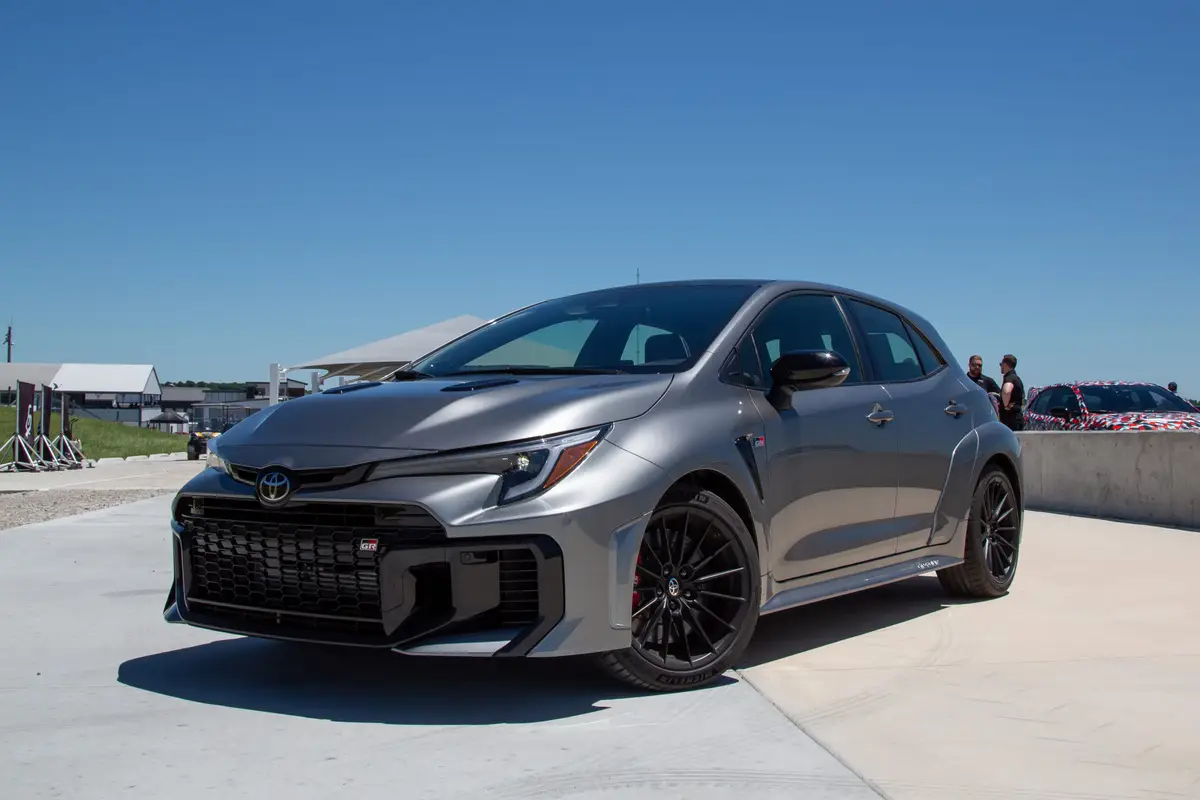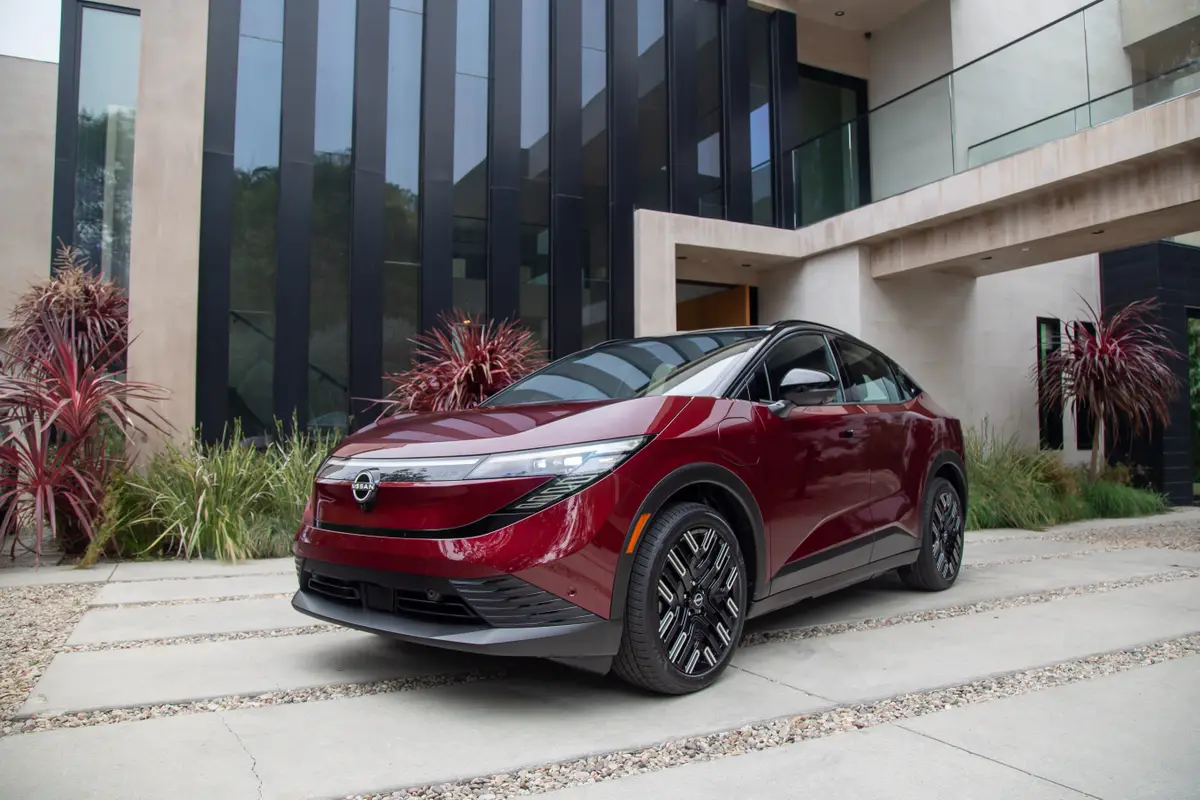What’s a CVT?


A CVT is a continuously variable transmission, a type of automatic transmission that trades fixed-gear ratios for infinitely variable ratios courtesy of two pulleys and an intervening belt or chain. Dating back in the U.S. to the late 1980s, CVTs can offer benefits to fuel efficiency and, with the engine more often at optimal rpm (or revs), performance.
Related: Are Manual Transmissions Cheaper to Repair and Maintain Than Automatics?
- ${price_badge()}
- ${ami_badge()}
- ${battery_badge()}${ev_report_link()}
- ${hot_car_badge()}
- ${award_badge()}
- ${cpo_badge()}
${price_badge_description}
${ami_badge_description}
The EV Battery Rating is based on this vehicle's current expected range relative to the vehicles expected range when new. ${battery_badge_text}
Certified cars are manufacturer warrantied and typically go through a rigorous multi-point inspection.
This car is likely to sell soon based on the price, features, and condition.
${award_blurb}
${award_two_blurb}
Shop the 2020 Honda CR-V near you


But it comes at a cost. With engine revs taking longer to catch up and often lingering at high rpm longer than they would with a traditional automatic, CVTs can make for noisy engine droning or the sensation of pulling a heavy object with a rubber band — you pull a while, then it catches up — as revs take too long to rise after you apply the gas.
In response to that, most automakers have adapted CVTs to behave more like traditional automatics under certain conditions. Most modern examples will hold a fixed ratio under hard acceleration to mimic the rise, momentary drop and rise again in revs that you’d expect from an automatic transmission upshifting gears. To mimic a downshift, many CVTs will expedite the rise in revs when driver input calls for passing power. And some, like the 2.0-liter Toyota Corolla’s Dynamic-Shift CVT, go so far as to employ a fixed-ratio 1st gear for more linearity between engine revs and acceleration as you start off.
It’s worth noting that such actions trade incremental fuel efficiency for consumer acceptance — CVTs are inherently efficient because they don’t have to adopt fixed ratios and can thus move more gradually between low rpm and high rpm — but overall fuel economy in any given car is the product of myriad systems. EPA fuel economy on the 2.0-liter Corolla’s CVT, for example, is terrific.
More From Cars.com:
- Automatic Transmission: What You Need to Know
- Why Does My Automatic Transmission Act Funny?
- What Do the Numbers and Letters Mean on an Automatic Transmission?
- Wanna Learn How to Drive a Manual Transmission Car? It’s Not Too Late … Yet
- Find a Car for Sale
One final note: Automakers often market the transmissions for hybrids or plug-in hybrids as CVTs or electronic CVTs. In almost all modern cases, they’re technically not — such drivetrains employ electronic power-split devices, not belts and pulleys — but the outcome is similar. Such transmissions have infinitely variable ratios to behave much like a CVT. As such, we often call them CVT-style transmissions.
Of course, you shouldn’t confuse them with the fixed-gear automatics employed among some hybrids and plug-in hybrids; examples range from the Hyundai Sonata Hybrid (six-speed automatic) to the plug-in BMW X3 xDrive30e (eight-speed auto). There’s nothing CVT, in mechanics or style, about those.
Cars.com’s Editorial department is your source for automotive news and reviews. In line with Cars.com’s long-standing ethics policy, editors and reviewers don’t accept gifts or free trips from automakers. The Editorial department is independent of Cars.com’s advertising, sales and sponsored content departments.

Former Assistant Managing Editor-News Kelsey Mays likes quality, reliability, safety and practicality. But he also likes a fair price.
Featured stories




